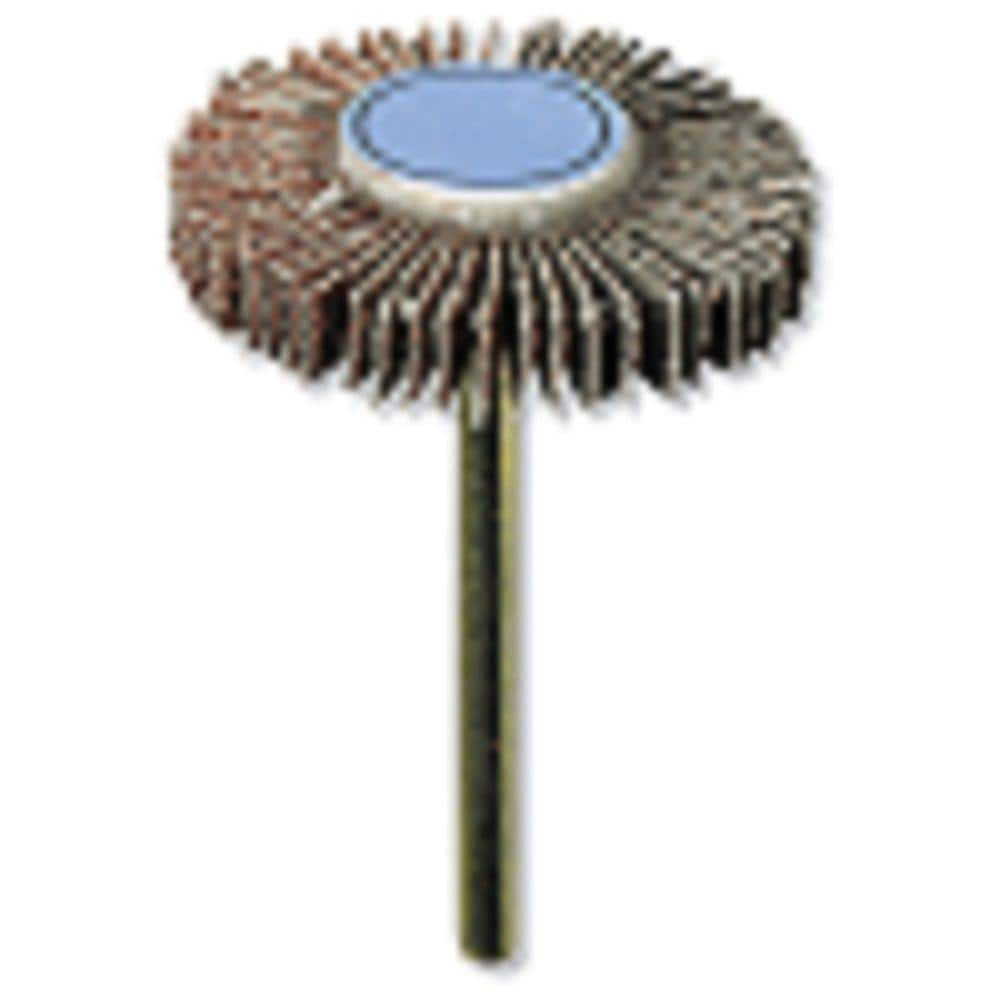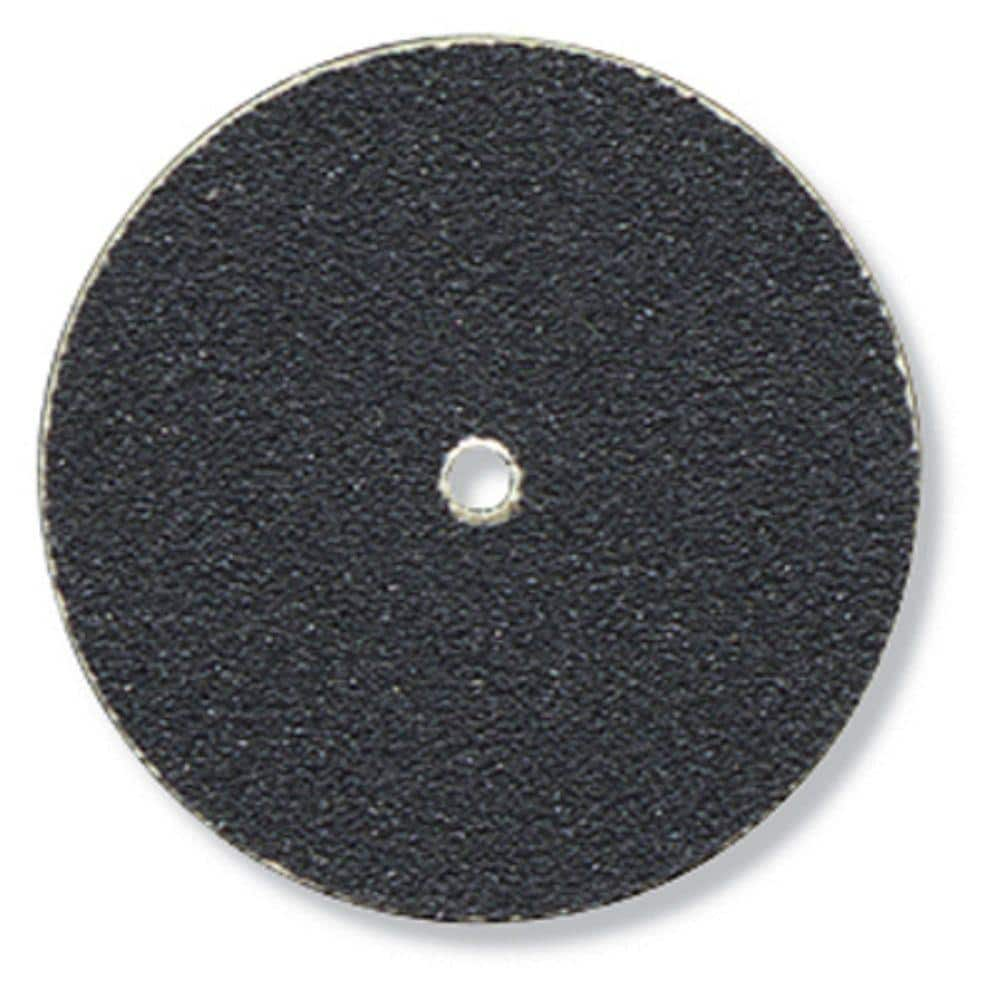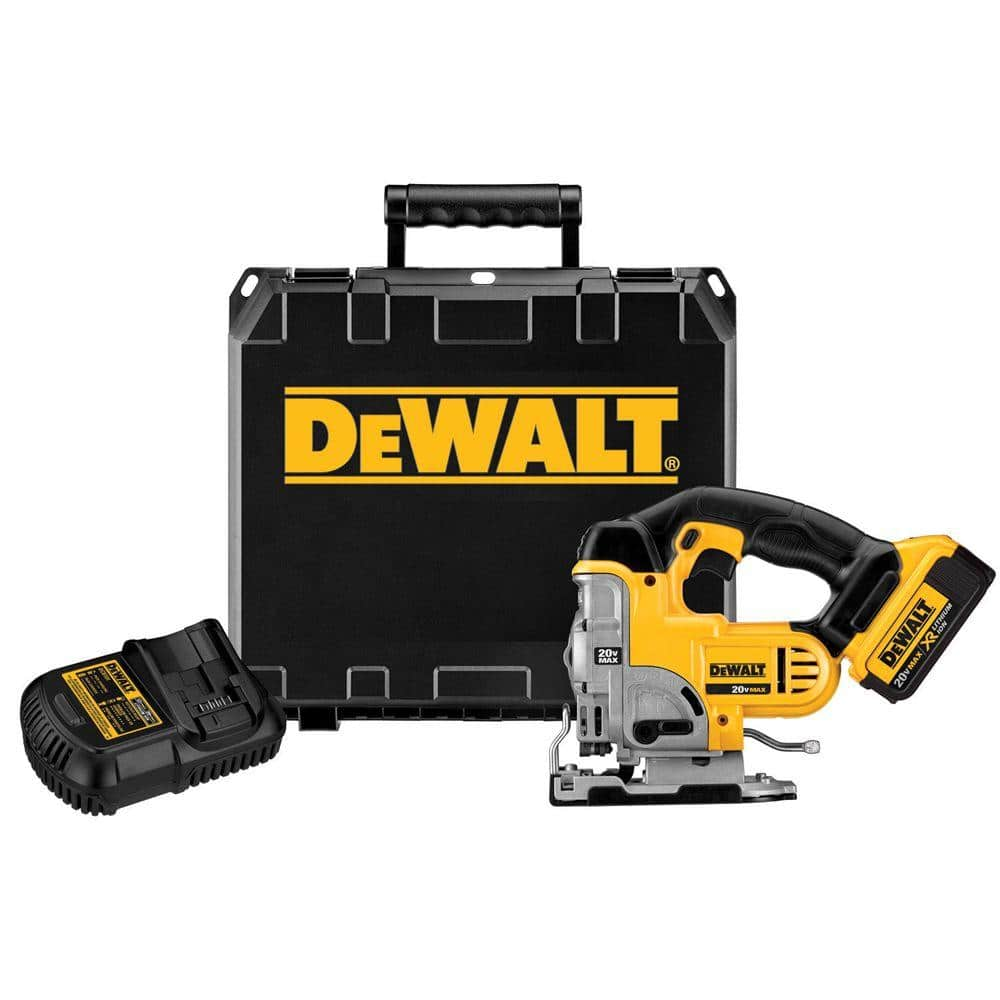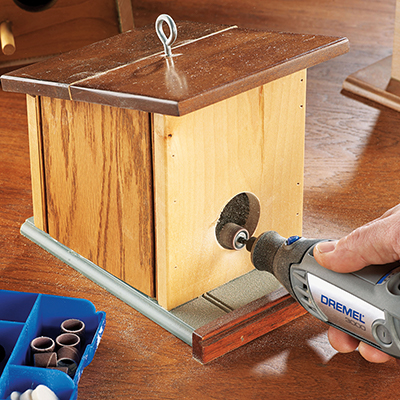Best Rotary Tools

Last updated June 2, 2025
No workbench is complete without at least one rotary tool because of their versatility. You can use them to cut, sand, carve, polish, drill and more. They can even clean with the right attachments. There are types to suit professionals and DIYers alike. This guide explains how the best rotary tools are powered and discusses the surfaces where they work best.
Table of Contents
Heavy-Duty vs. Lightweight Rotary Tools and Their Uses
Rotary Tool Power, Size and Features
Heavy-Duty vs. Lightweight Rotary Tools and Their Uses

All rotary tools do essentially the same thing. But there are some differences between heavy-duty and lightweight models.
Heavy-duty rotary tools are:
- Also known as cutout tools or spiral saws
- Intended for professional tasks
- Slightly larger and heavier
- Don’t come with as many accessories as smaller rotary tools
Smaller, lightweight rotary tools are:
- Perfect for crafting, woodworking and fine detail work
- Preferred by most DIYers
- Available with lots of accessories and attachments
- Used in place of a wide range of tools
The following list shows a range of tasks you can complete with a rotary tool:
- Carve
- Clean
- Cut
- Deburr
- Drill
- Engrave
- Grind
- Polish
- Rout
- Sand
- Sharpen
Materials to use rotary tools on include:
- Cast iron
- Cement
- Ceramic
- Copper
- Drywall
- Eggs
- Fiberglass
- Glass (clear and stained)
- Gourds
- Grout
- Hardened steel
- Jade
- Laminate
- Marble
- Paneling
- Plastic
- Porcelain
- Semiprecious stones
- Soft metals
- Stone
- Terracotta
- Tile
- Woods (hard and soft)
Possible uses:
- Clean copper and lug threads
- Cut a hole for an electrical box
- Cut a rusted toilet bolt
- Cut conduit
- Cut gutters
- Deburr pipe
- Drill a drain hole in a flowerpot
- Drill holes
- Etch glass and carve wood
- Polish cabinet hardware
- Remove exhaust pipe clamps
- Remove rust and grout
- Repair drywall
- Repair siding
- Re-slot a screw
- Sand/trim door for proper fit
- Shape and fit tile
- Sharpen a mower blade
- Sharpen a chain saw
- Square off a screwdriver
- Work with plastics and acrylics
Rotary Tool Power, Size and Features

Rotary tools are powered by an electric motor, compressed motor or gasoline engine. If you only use your rotary tool for lightweight tasks, such as buffing or polishing, you won't need the most rotations per minute available. But if you plan to use your tool for cutting, carving, grinding or sanding, particularly for hard materials, you'll be happiest with a tool that hits the highest speeds. Finally, the materials you use your rotary tool on—wood, metal, ceramic and plastic surfaces—can make a difference in the tool’s speed.
Power:
- Rotary tools are available in both corded and cordless models.
- Cordless tools offer portability. They are a good choice when working in close quarters, where you don't need a lot of power.
- Corded tools have an unlimited power supply and are often lightweight. However, they are tethered to a specific location. If you are not restricted in movement, or need a lot of power, a corded rotary tool is easier to work with.
- Higher power usually results in more weight and a larger body.
- Power ratings range from 1 to 5.5 amps for corded models and 4.8 to 18 volts for cordless models.
- Consider a higher voltage model if you work with your rotary tool for long periods.
Speed and Bit Size:
- A rotary tool can range in speed from 5,000 to 15,000 rpm (cordless) or 5,000 to 35,000 rpm (corded).
- A wider speed range and more settings will make your rotary tool more versatile.
- The collet or chuck determines the size of the bit shank that your rotary can accept.
- A collet/chuck can be adapted to hold smaller bit shanks, but it cannot be adapted to hold larger ones.
Attachments:
- Attachments are usually intended for use only on certain brands or models.
- Bits are often interchangeable, as long as they’re the right shank size.
- Specialized rotary tools have few accessories and attachments.
- A flex shaft delivers control and maneuverability for fine detail work.
Features:
- Easy bit change tool systems allow you to change bits without using special tools.
- Comfortable grips maximize maneuverability, control and comfort during use.
- Replaceable motor brushes extend the life of the tool. They also protect the motor by allowing you to change the brushes when they're worn.
A well-equipped home workshop will have a variety of rotary tools and bits on hand for different project uses. The Home Depot has a wide selection. You can also shop The Home Depot Mobile App for more ideas, including storage for your rotary tools and accessories.



































